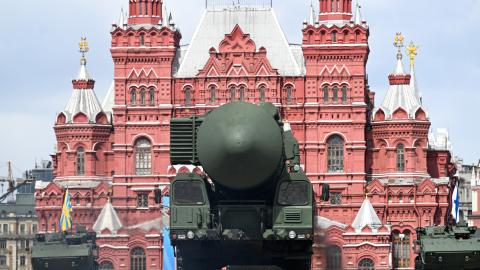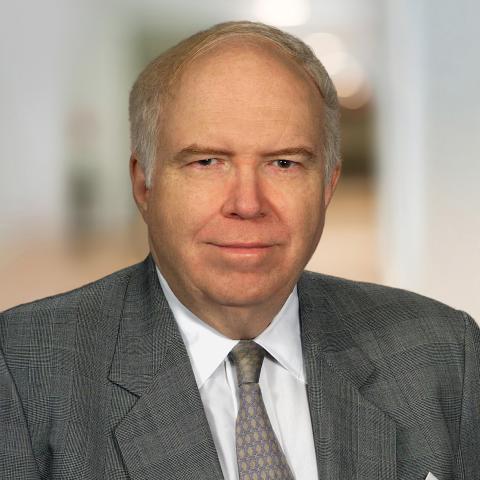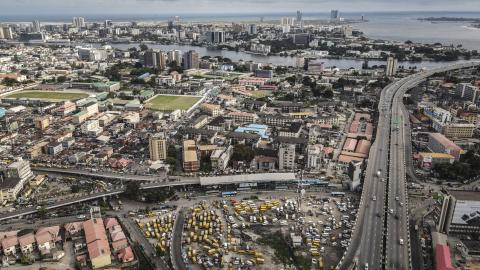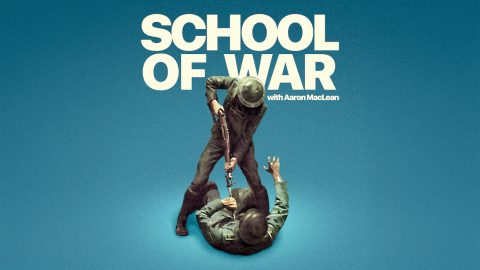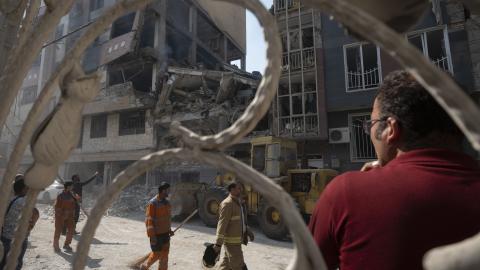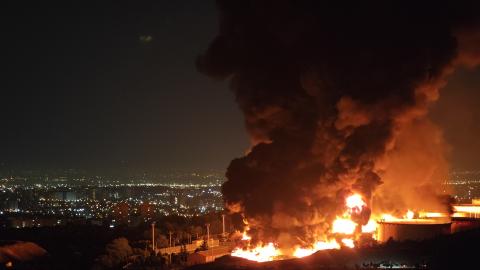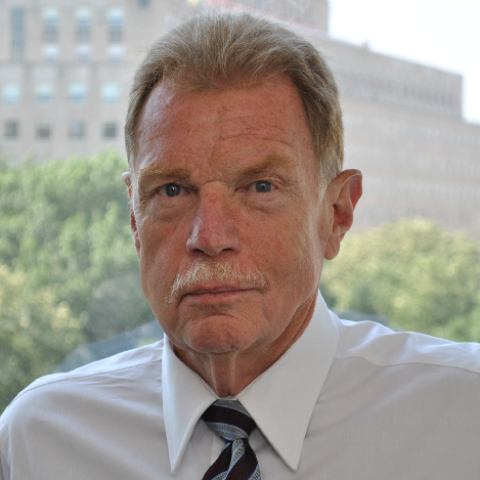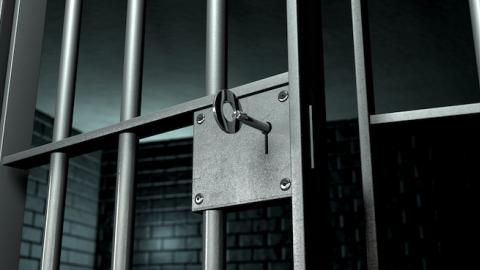Radical critics of America’s justice system claim it has wrongfully produced “mass incarceration”—the actual data do not support this charge Instead, one finds that high rates of crime (which have fallen steeply in the past two decades) led to high rates of incarceration. The system operated justly in individual cases, and as crime rates have fallen, so have rates of incarceration. The system works and, for the most part, it works justly.
But there is no doubt that we will now suffer from a new threat: “mass releases” of convicted felons, under President Obama’s executive orders in the name of sentencing reform. Some 6,000 (of the approximately 200,000) convicted federal prisoners were released in November, but they are only the first wave of intended releases, which could affect as many as 46,000 total prisoners.
Supporters of the mass release call for more “second chances,” or even invoke the American traditions of redemption, to justify opening the prison doors. But is this executive action truly going to produce more justice?
No one doubts that there are mistakes and excesses in the justice system, especially under the “mandatory minimum” policies set in place under President Clinton, themselves being re-considered by bills now moving through Congress. That said, however, “mistakes” and “second chances” do not seem to account for what we are seeing today.
Instead, we risk a wholesale annulling of the operations of justice, critics offering their own judgment that the US system is broken, and produces injustices, especially for minorities. This charge is false.
Consider what happened when the President proposed executive “clemency” for prisoners, who were said to be low-level and non-violent, or “wrongly sentenced.” But after systematic review, rather than the “thousands” of prisoners that media claimed would be affected, the President found fewer than 150 individuals who fit the criteria.
Hence, the more reckless plan we face today, to abandon the criteria (perhaps for political gain) and push mass release. Criminal justice officials are stunned by these actions, and point out that many released prisoners are, in fact, multiple offenders, convicted of serious crimes, involving violence, weapons, and many victims.
A majority are serious drug traffickers, a group often claimed to be non-violent. FBI Director James Comey said recently of drug traffickers, recounting his days as a federal prosecutor in Richmond, Virginia, “. . . if you were black and poor it didn’t matter whether you were a player in the drug trade or not…violent crime dominated your life… There was no way to drive around the violence that came with the drug trade… [it] was a plague of violence that strangled Richmond’s black neighborhoods.”
Second chances? In reality, it’s hard to get into federal prison, with typically many crimes committed for every one arrest, and many arrests for more and more serious offenses before a judge finally sentences the worst and persistent criminals, often as the only way to protect victims and their communities.
The Department of Justice (DOJ) has analyzed the cases of state drug prisoners, and found that the average number of prior arrests for each felon was 11. Further, the data show that fully 77 percent of released state drug trafficker felons will re-offend within 5 years.
No doubt that is why a national organization representing victims of crimes has asked Congress not to recklessly release felons back into their communities. Perhaps that is why District Attorneys in California, after a federal court had ordered multiple “early releases” of prisoners because of prison overcrowding, posted information about the felons carried in their letters of opposition to the release.
Though they were termed “non-violent” the District Attorneys revealed that many have “violent and lengthy criminal histories,” including gang members convicted of assault with a deadly weapon, of voluntary manslaughter, possession of weapons caches, of stalking and abuse of girlfriends, and the vicious beating of a 75-year-old woman.
And still President Obama plans on releasing thousands of comparable federal prisoners. Not surprisingly, the plan is not politically popular. According to an Opinion Research Center poll just released, 58 percent of Americans oppose the idea that drug traffickers should receive lessened criminal sentences.
Senators who support current sentencing reform bills are clearly running a political risk, no matter how many media commentators applaud the President’s intention.
This disapproval may be especially acute in the multiple states slated to receive, for instance, the 2,317 current prisoners identified with the Armed Career Criminal Act (felons convicted more than twice of violent or serious felony) who will be eligible for release under the pending Senate bill.
Communities in Florida could receive 360, for Georgia, it could be 93, or the 171 for Missouri, North Carolina’s 140, the 115 for Pennsylvania, the 104 for South Carolina, or the 218 for Tennessee (to cite some examples). (Clearly, these figures could magnify, perhaps 20 times over, were all 46,000 federal felons to be released.)
Victims’ groups and community leaders will be watching, with understandable apprehension, to discover the potential impact on their safety.
